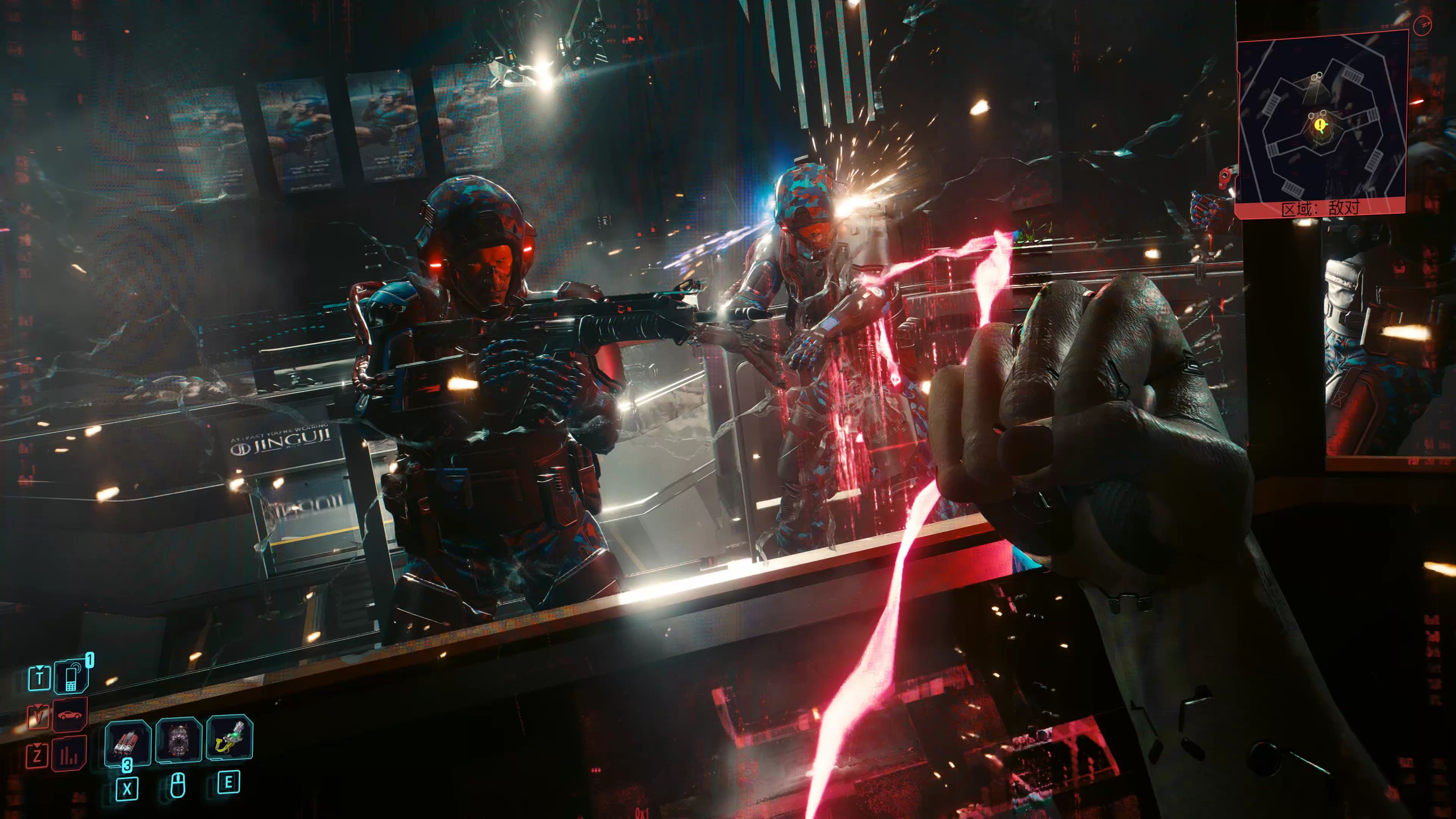Is Fire Emblem a JRPG with a Focus on Character Growth Through Side Quests?
The Fire Emblem series, developed by Intelligent Systems and published by Nintendo, has long been celebrated as a cornerstone of the tactical JRPG genre. Since its debut in 1990, the franchise has evolved significantly, incorporating deeper narratives, complex mechanics, and rich character development. A recurring question among fans and critics alike is whether Fire Emblem qualifies as a JRPG that emphasizes character growth primarily through side quests. To answer this, we must examine the series' design philosophy, the role of side content, and how character arcs are woven into both main and optional narratives.
The Core of Fire Emblem: Character-Centric Storytelling
At its heart, Fire Emblem is a character-driven series. Unlike many JRPGs that focus on a monolithic hero’s journey, Fire Emblem typically ensembles a large cast of units, each with unique backstories, personalities, and motivations. The permadeath mechanic, a hallmark of the classic entries, reinforces the emotional weight of each character’s presence, making their survival and growth feel personal and consequential.
Character development in Fire Emblem traditionally occurs through main story progression, support conversations, and battlefield performance. Support conversations—brief dialogues between characters that unlock stat bonuses and narrative depth—have been a primary vehicle for growth since Fire Emblem: The Binding Blade. These interactions reveal hidden depths, resolve personal conflicts, and foster relationships, making characters feel multi-dimensional. However, support conversations are often integrated into the main gameplay loop rather than treated as optional side quests.
The Evolution of Side Content in Fire Emblem
Earlier entries in the series featured minimal side content. Games like Fire Emblem: Genealogy of the Holy War included optional battles and events, but these were scarce and often served to unlock additional characters or items rather than deepen character arcs. The focus remained on the main narrative and tactical combat.
The modern era of Fire Emblem, particularly from Awakening onward, marked a shift toward incorporating substantial side content. Titles like Fire Emblem: Three Houses and Fire Emblem: Engage introduced auxiliary battles, paralogues, and activities that allow players to engage with characters outside the main story. Paralogue chapters—optional missions tied to specific characters—have become a critical tool for character development. These chapters often explore a character’s past, fears, or aspirations, providing narrative payoff that complements the main plot.
For example, in Fire Emblem: Three Houses, paralogues such as “The Forgotten” for Linhardt and Caspar or “The Face Beneath” for Felix and Annette delve into their personal histories and motivations. Completing these missions not only rewards players with items and experience but also resolves character-specific arcs, making them feel integral to the overall experience.

Side Quests as a Medium for Growth
While Fire Emblem does not rely on side quests to the same extent as open-world JRPGs like Xenoblade Chronicles or Final Fantasy, it increasingly uses them to flesh out its cast. In Three Houses, the monastery setting allows players to interact with characters through meals, gifts, and tea parties, all of which function as informal side activities that build rapport and reveal personality traits. These interactions are optional but deeply tied to character growth, as they unlock support levels and combat benefits.
Similarly, Fire Emblem: Fates featured “My Castle” activities, where players could bond with units in a personalized hub. These side activities, while sometimes criticized for being repetitive, provided opportunities for character development that extended beyond the battlefield.
However, it is important to note that Fire Emblem’s side content is often designed to supplement rather than replace main story development. Character growth remains closely tied to the central narrative, with side quests serving to enhance rather than define arcs. This approach distinguishes Fire Emblem from JRPGs where side quests are the primary means of character exploration.
Comparative Analysis with Other JRPGs
In traditional JRPGs like Final Fantasy or Dragon Quest, side quests are frequently used to explore party members’ backstories or provide episodic storytelling. For instance, Final Fantasy VI’s character-specific quests in the World of Ruin or Persona 5’s confidant system are central to character development. Fire Emblem shares similarities with these models, particularly through its support and paralogue systems, but it differs in integration.
Fire Emblem’s side content is more tightly woven into the gameplay mechanics. Paralogue chapters are often time-sensitive or require specific conditions to unlock, making them feel like organic extensions of the main plot. In contrast, many JRPGs feature side quests that are entirely disconnected from the central narrative.
The Role of Gameplay in Character Growth
Beyond narrative side quests, Fire Emblem ties character growth to tactical gameplay. Units gain experience, promote into advanced classes, and inherit skills through combat—a form of progression that is both mechanical and symbolic. A character’s journey from a novice to a master warrior is reflected in their stats and abilities, creating a sense of tangible growth that parallels their narrative development.
This dual-layered approach—mechanical and narrative—is a defining feature of the series. While side quests contribute to this growth, they are part of a broader ecosystem that includes main story events, support conversations, and battlefield achievements.
Conclusion
Fire Emblem is indeed a JRPG that places a strong emphasis on character growth, and side quests play an increasingly important role in this process. While the series has historically prioritized main story integration, modern entries have expanded the use of optional content to deepen character arcs. Paralogue chapters, support conversations, and hub activities all serve to flesh out the cast, making them more relatable and dynamic.
However, Fire Emblem distinguishes itself by ensuring that side content remains closely linked to the core narrative and gameplay mechanics. Character growth is not relegated to optional tasks but is instead a holistic experience that blends story, strategy, and player agency. In this sense, Fire Emblem exemplifies how JRPGs can evolve to balance rich character development with engaging tactical gameplay, using side quests as a enhancement rather than a crutch.














